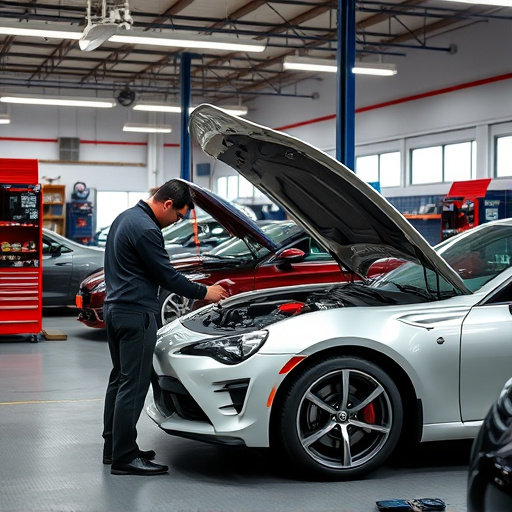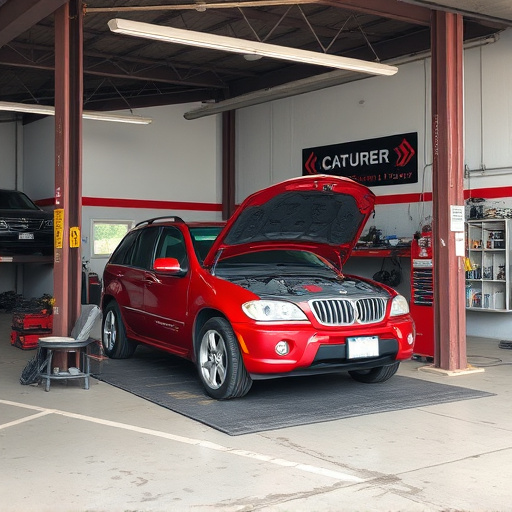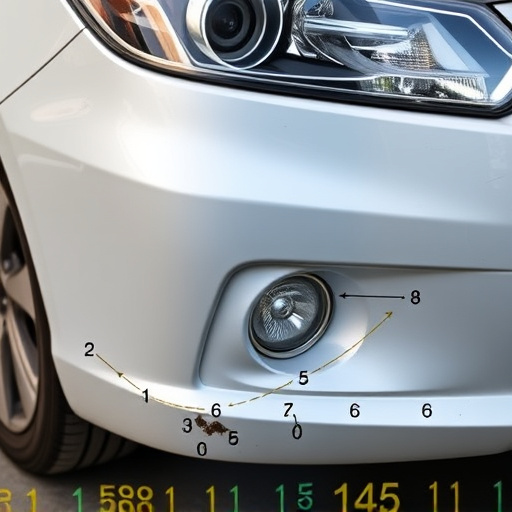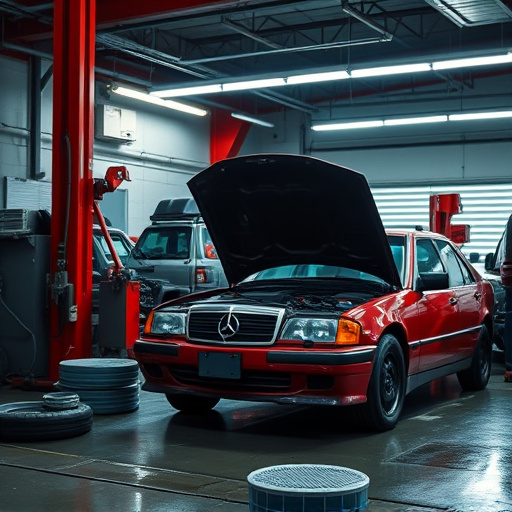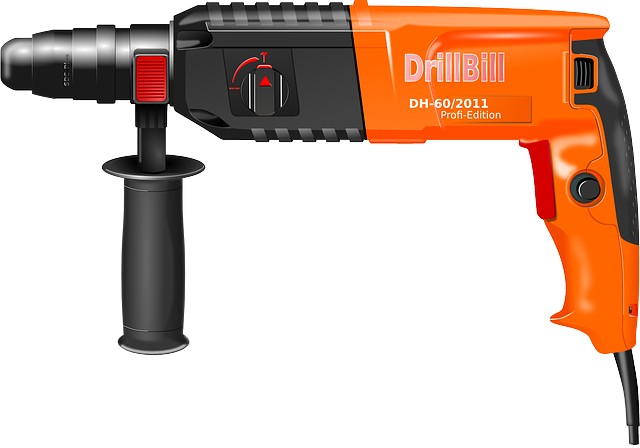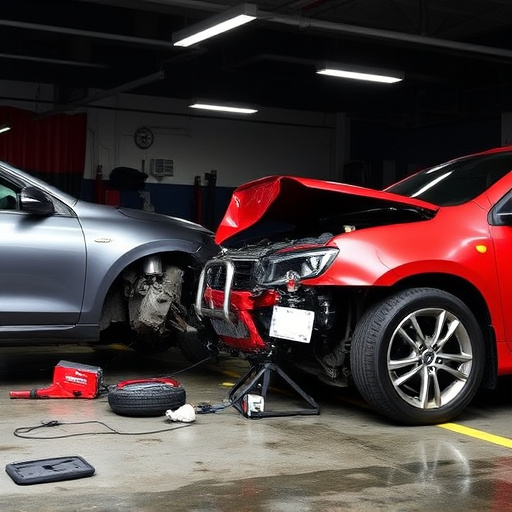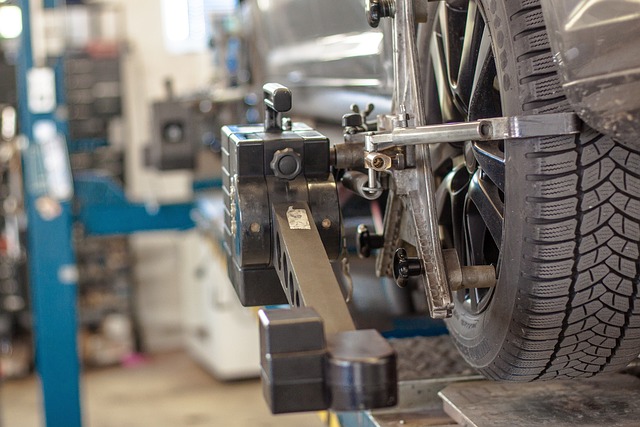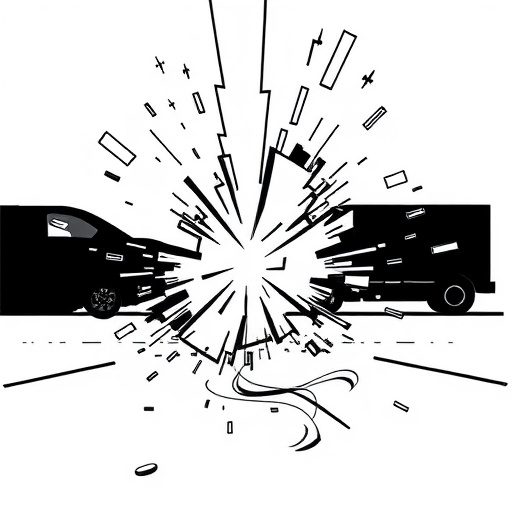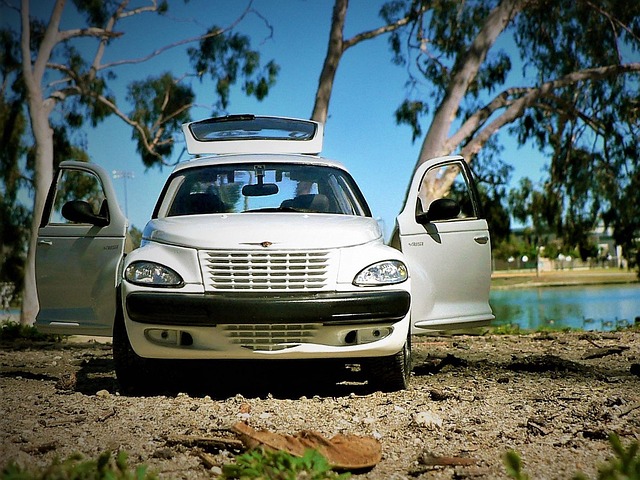The evolution of major dent repair techniques, driven by technology like laser systems, robotic arms, and CNC machines, has dramatically transformed automotive aesthetics and functionality. These modern methods significantly speed up repairs, improve accuracy, and preserve original structures and details, setting new standards in the auto collision center landscape. Future advancements, including AI, machine learning, and eco-friendly materials, promise even higher quality vehicle restoration while aligning with global sustainability goals.
Technology has revolutionized the auto industry, and advancements in dent repair methods are no exception. From traditional, labor-intensive processes to modern, efficient techniques, the evolution is remarkable. This article explores the journey of major dent repair, highlighting key technology innovations that have transformed the industry. We delve into the benefits, cost savings, and faster turnaround times these advancements offer, while also looking ahead to future prospects and their potential impact on the market.
- The Evolution of Dent Repair Techniques: From Traditional to Modern Methods
- Key Technology Innovations in Major Dent Repair
- Benefits and Future Prospects: Transforming the Dent Repair Industry
The Evolution of Dent Repair Techniques: From Traditional to Modern Methods

Over the years, major dent repair techniques have evolved significantly, transforming the landscape of automotive aesthetics and functionality. Traditional methods, once the go-to for fixing dents, involved manual labor and time-consuming processes. Technicians would carefully craft repairs using hand tools and traditional metalworking skills. This era was characterized by patience and precision, ensuring each dent was meticulously addressed.
The advent of modern technology has revolutionized major dent repair. Innovative tools like laser-based systems, robotic arms, and advanced computer numerical control (CNC) machines have taken center stage in many collision centers and car repair services. These technologies enable more precise frame straightening, allowing for complex geometrically challenging dents to be repaired effectively. Modern methods not only enhance the speed of repairs but also offer better results, preserving the vehicle’s original structure and aesthetics.
Key Technology Innovations in Major Dent Repair

The realm of major dent repair has witnessed a remarkable transformation over the years, primarily driven by technological innovations. One of the most significant advancements is the introduction of robotic systems in collision repair shops. These robots can precisely and efficiently perform tasks like panel replacement and painting, enhancing both speed and accuracy. This not only reduces labor costs but also ensures consistent quality in major dent repair.
Additionally, digital imaging and computer-aided design (CAD) software have revolutionized the way damage is assessed and repairs are planned. In an auto collision center, CAD systems can create detailed 3D models of the vehicle, allowing technicians to visualize and measure dents accurately. This technology facilitates precise restoration, ensuring that a Mercedes Benz repair, for instance, not only fixes the visible dent but also aligns with the vehicle’s original specifications.
Benefits and Future Prospects: Transforming the Dent Repair Industry

The advancements in technology have brought about a revolution in the field of major dent repair, offering numerous benefits to both professionals and customers. One of the most significant advantages is the speed and precision with which modern tools can fix dents and scratches on vehicles, be it an automotive collision repair or a simple car damage repair. The use of advanced machinery like laser-based systems and robotic arms ensures that repairs are not just efficient but also highly accurate, minimizing the need for costly and time-consuming manual labor.
Looking ahead, the future of major dent repair appears even brighter. With the integration of AI and machine learning algorithms, predictive maintenance models can anticipate potential car damage repair issues, enabling proactive measures. Furthermore, the development of eco-friendly materials and techniques promises to make the process more sustainable. These innovations not only enhance the quality of vehicle restoration but also contribute to a greener environment, ensuring that the dent repair industry keeps pace with global sustainability goals in the ever-evolving automotive landscape.
The evolution of dent repair techniques, driven by technological advancements, has significantly transformed the industry. From traditional methods that required lengthy processes and manual labor, modern techniques like PDR (Paintless Dent Repair) and laser technology have streamlined the process, enhancing efficiency and reducing costs. These innovations not only benefit customers by offering faster, more affordable repairs but also empower technicians with advanced tools to deliver high-quality results. As technology continues to advance, the future of major dent repair looks even brighter, promising further improvements in precision, speed, and sustainability.


